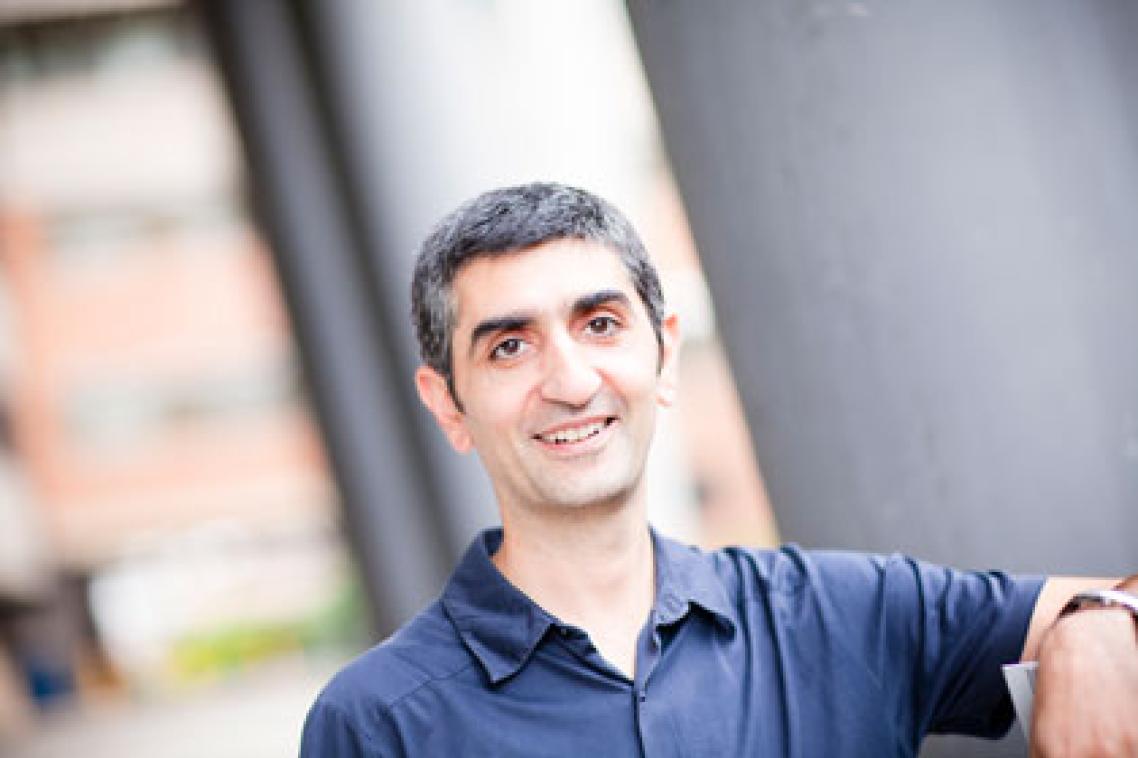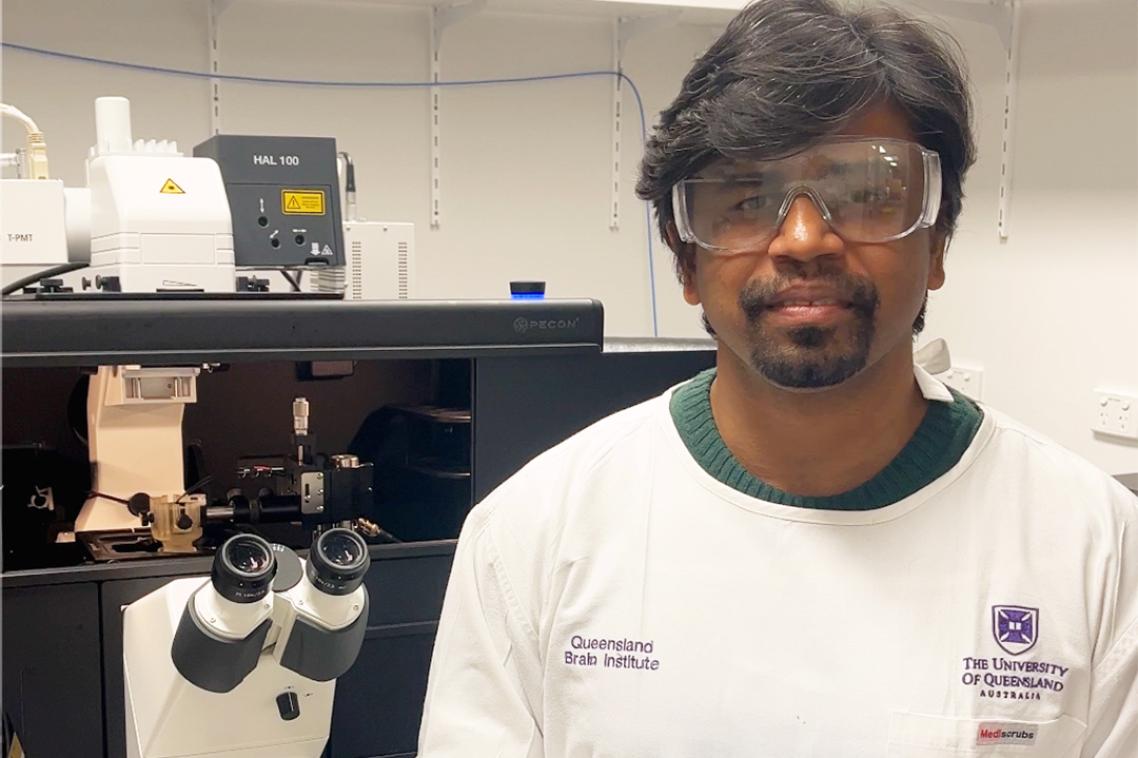Placental tissue gives gift of life a second time around

Stem cells from placenta usually discarded after childbirth can now be used to develop treatments for conditions such as diabetes, with each placenta containing enough stem cells to potentially treat 100 patients.
Researchers from The University of Queensland’s Centre for Clinical Research have discovered a way to extract large quantities of endothelial stem cells from the life-giving organ.
The placenta is the organ in which a foetus develops. It assists in supplying the foetus with nutrients during pregnancy.
The specialist cells, which form part of the interior surface of blood vessels, are abundant in the placenta but it has not previously been possible to isolate them in sufficient quantities for use in treatments.
Study leader Associate Professor Kiarash Khosrotehrani said researchers were now working to develop medical treatments from the endothelial stem cells.
“One of the therapies we are exploring will benefit patients with any condition where blood supply to tissues is severely restricted, such as heart issues,” Associate Professor Khosrotehrani said.
“We have recently discovered that endothelial stem cells form new blood vessels when injected into the body.
“A single placenta has enough stem cells for 100 doses, which means after giving life to a baby, the organ may then go on to give a new lease of life to many patients.”
He said laboratory experiments had been promising.
“We have conducted experiments in mice with restricted blood flow and this has revealed that injected endothelial stem cells spur blood vessel growth and improve blood flow by up to 30 to 40 per cent in just two weeks,” Associate Professor Khosrotehrani said.
“This therapy would be a real breakthrough for patients with conditions such as type two diabetes or ischaemia, where blood flow is restricted resulting in intense pain, or wounds that won’t heal.
“For many patients with severely restricted blood flow their only option is amputation of the affected limb. This places a massive burden on the health system.”
The research is the subject of a patent application and the research team, with the support of UQ commercialisation company UniQuest, is seeking funding for clinical trials.
“We’re hoping to kickstart clinical trials as early as 2015,” Associate Professor Khosrotehrani said.
Media: Faculty of Medicine and Biomedical Sciences Manager, Engagement (Media and Communications) Bernadette Condren, 0413 881 597, 07 3346 0561, b.condren@uq.edu.au.
Topics
Related articles

New ultrasound imaging to map drug delivery into the brain

Staying physically active cuts risk of early death by 40 per cent
Media contact
UQ Communications
communications@uq.edu.au
+61 429 056 139
